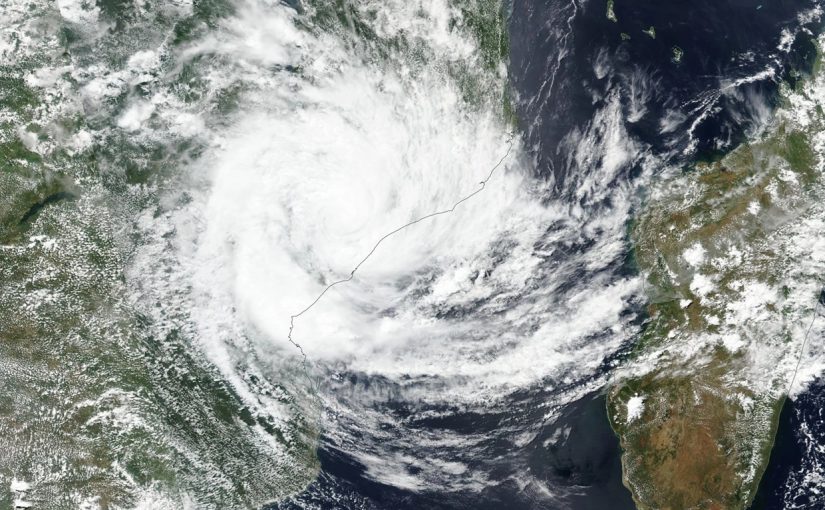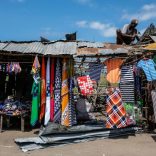Mozambique: Consumer price index falls in July for fourth consecutive month
Mozambique: UN needs $3.5M to help those affected by cyclone Jude

FILE - For illustration purposes only. [File photo: Lusa]
The United Nations-led Cluster for Camp Coordination and Management (CCCM) needs US$3.5 million to support those affected by Cyclone Jude in central and northern Mozambique.
‘The CCCM requires $3.5 million (€3.2 million) in funding to effectively implement (…) life-saving interventions and support the recovery process [of the affected provinces],’ reads a report by the global humanitarian coordination mechanism, which is co-chaired by the International Organisation for Migration and the United Nations High Commissioner for Refugees.
Cyclone Jude, the most recent to affect the country, entered Mozambique on 10 March through the district of Mossuril, in Nampula province, and has so far left at least 16 dead and 384,877 affected, as well as Tete, Manica and Zambézia, in the centre, and Niassa and Cabo Delgado, in the north.
According to the CCCM, the funding requested aims to support more than 136,000 people, ensuring better local coordination, access to services and community involvement.
‘The main activities include establishing and equipping community structures (…), carrying out rubble removal operations to restore access [to some roads] and strengthening coordination mechanisms at district and provincial level,’ the document explains.
Despite the operational challenges in those provinces, the mechanism says it is working to increase community participation to improve the dissemination of information and support efforts to care for and maintain them.
The CCCM was established in 2005 and works in natural disaster situations. Its mission is to’ coordinate and facilitate the efficient, effective and predictable delivery of protection and services’ to affected communities, protecting populations with ‘durable solutions’, the cluster said.
According to the latest figures released on Monday by the Mozambican authorities, 135 people were injured in the Jude storm.
The figures presented by Mozambique’s National Institute for Disaster Risk Reduction and Management (INGD) also indicate that the number of families affected has risen to 82,780.
The country is in the middle of the rainy season, which runs from October to April. During this period, cyclones Chido and Dikeledi have already hit, affecting the north of the country.
The cyclones hit the country between December and January, with the greatest impact on the provinces of Cabo Delgado and Nampula. They affected around 736,000 people and destroyed public and private infrastructure.
Extreme events, such as cyclones and storms, caused at least 1,016 deaths in Mozambique between 2019 and 2023, affecting around 4.9 million people, according to data from the National Statistics Institute.
The African country is considered one of the most severely affected by global climate change. During the rainy season, it experiences cyclical floods, tropical cyclones, and prolonged periods of severe drought.













Leave a Reply
Be the First to Comment!
You must be logged in to post a comment.
You must be logged in to post a comment.